Zombies are real—and they’re crawling, slithering, and skittering through the wild.
Not the Hollywood kind. No fake blood, no apocalypse.
We’re talking actual creatures hijacked, hollowed out, and reanimated by nature’s weirdest forces.
Parasites that turn ants into mindless climbers.
Wasps that puppeteer cockroaches like little zombie minions.
Fungi that explode out of living bodies like something straight out of your worst nightmare.
This isn’t fiction—it’s science at its most terrifying.
And fascinating.
And, okay, a little gross.
These 10 real-life “zombie” animals aren’t just creepy—they’re a chilling reminder that Mother Nature has a dark side.
Curious? You should be.
Because once you see what’s really out there…
You’ll never look at bugs—or mushrooms—the same way again.
Zombie Ants
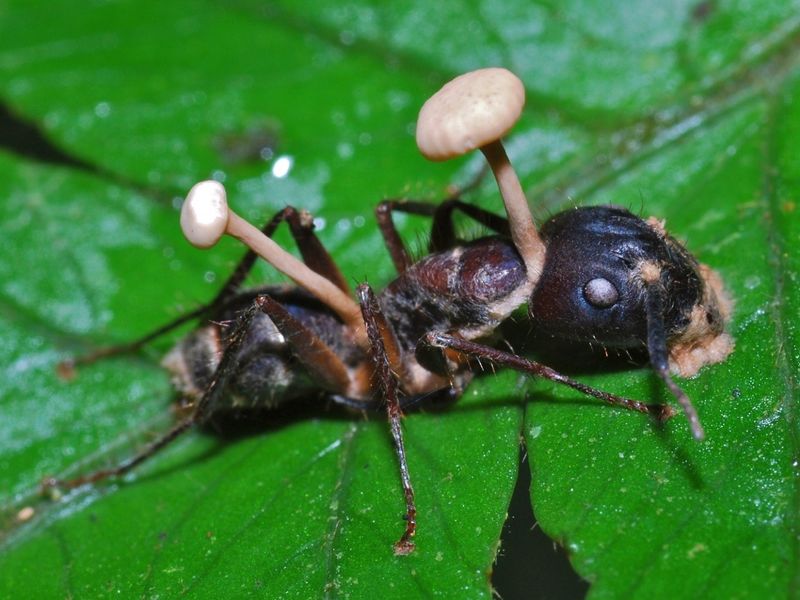
Deep in the tropical rainforests, ants can fall victim to a sinister fate. The Ophiocordyceps fungus infects them, taking control of their bodies.
Once infected, the ant is driven to climb vegetation, where it clamps onto a leaf. The fungus then consumes the ant, releasing spores to infect others.
This phenomenon showcases nature’s dark side, as these ‘zombie’ ants become unwilling participants in the fungus’s life cycle. The eerie transformation is both fascinating and terrifying, revealing the complexities of parasitic relationships in nature.
Zombie Snails
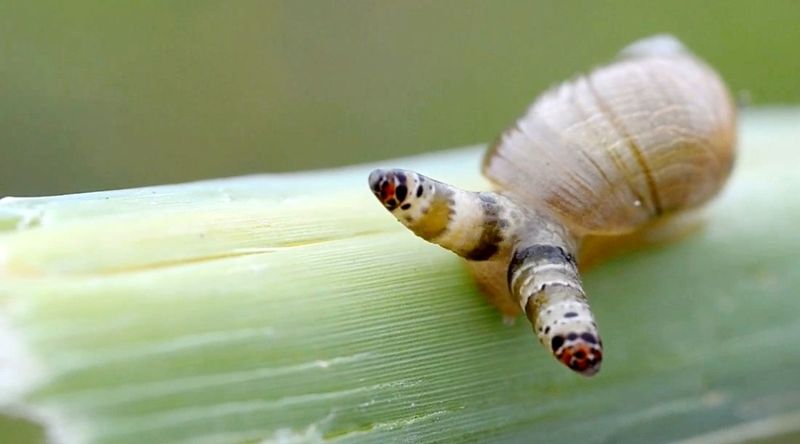
The parasitic flatworm, Leucochloridium paradoxum, turns snails into living hosts for its own reproduction. The worm invades the snail’s tentacles, making them pulsate with bright colors.
This mimicry attracts birds, the worm’s next host. The snail, unaware of its predicament, continues its life while the worm manipulates it.
This surreal interaction highlights the intricate dance of survival and manipulation in the natural world, offering a glimpse into the complex strategies of parasites.
Zombie Spiders
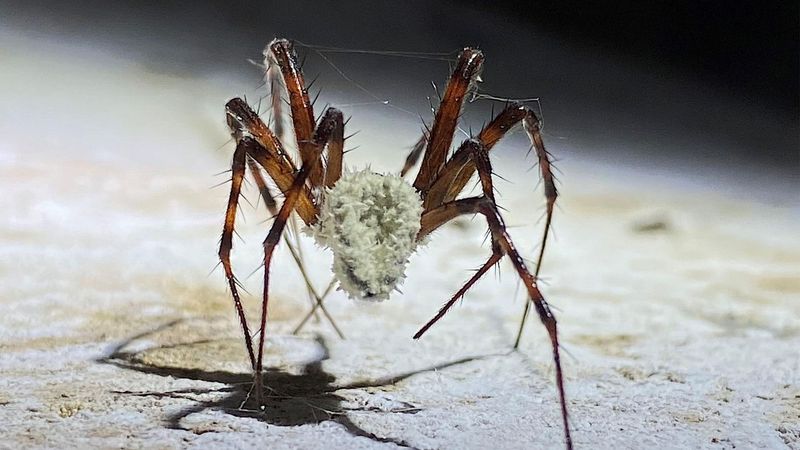
The tropical wasp, Hymenoepimecis argyraphaga, has a chilling method to ensure its offspring’s survival. It injects a spider with venom, altering its behavior.
The spider is compelled to weave a special web that supports the wasp larva. After the web is complete, the larva consumes the spider.
This unsettling relationship illustrates the extreme lengths some creatures go to for survival. The spider’s transformation into a zombie-like state serves as a testament to the power of parasitic control.
Zombie Cockroaches
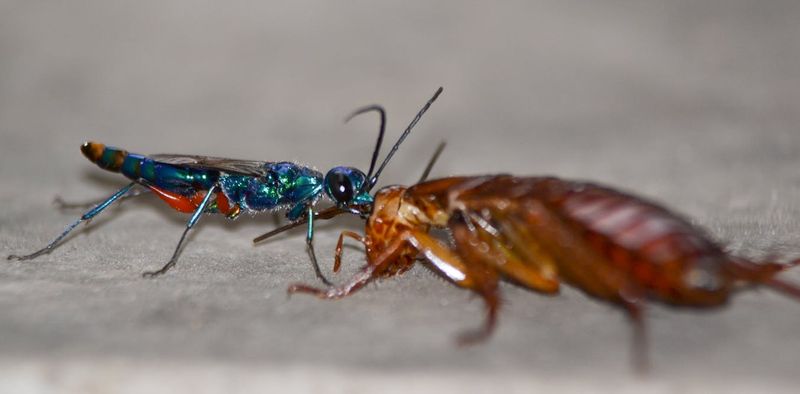
The jewel wasp, Ampulex compressa, is a master manipulator of cockroaches. It delivers venom to a precise spot in the roach’s brain, turning it into a willing host.
The roach, rendered docile, follows the wasp to its nest, where it becomes food for the wasp’s larvae. This transformation is both fascinating and unsettling.
The jewel wasp’s ability to turn a cockroach into a living zombie showcases nature’s ingenuity and the surprising dynamics of predator-prey relationships.
Zombie Crickets
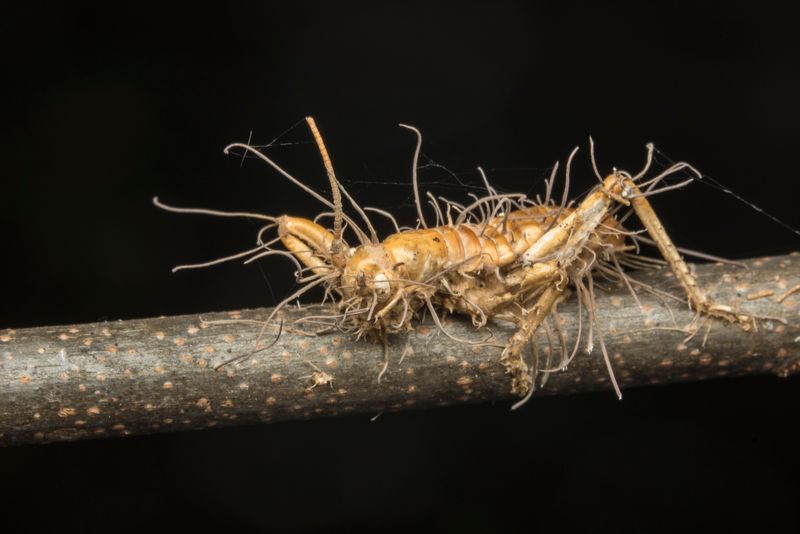
Hairworms (Nematomorpha) have a sinister way of ensuring their lifecycle. They infect crickets, compelling them to seek water and jump in, often leading to their demise.
Once submerged, the worm emerges to continue its life cycle, leaving the cricket to drown. The cricket’s tragic fate highlights the drastic manipulations parasites wield.
This eerie interaction is a testament to the lengths parasites go to for survival, showcasing nature’s darker side in an unsettling yet captivating manner.
Zombie Fish
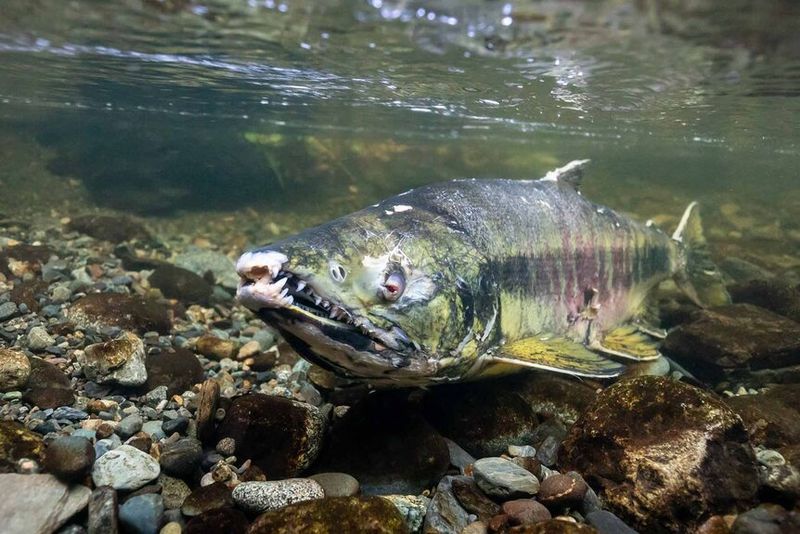
In the ocean depths, the parasitic isopod Cymothoa exigua gruesomely replaces a fish’s tongue. It latches onto the tongue, causing it to atrophy and fall off, taking its place.
This bizarre relationship allows the isopod to feed on the fish’s blood while functioning as a replacement tongue.
It’s a chilling reminder of the complex interdependence of marine life, where even the most unusual adaptations serve a purpose in the ecosystem.
Zombie Frogs
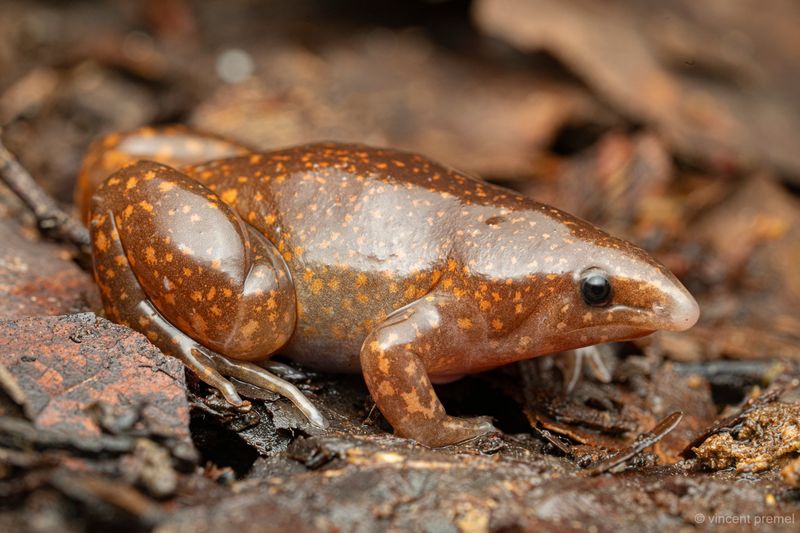
The chytrid fungus, Batrachochytrium dendrobatidis, infects amphibians globally, causing drastic behavioral changes in frogs. It affects their skin, crucial for respiration.
Infected frogs often exhibit lethargy and abnormal behaviors, leading to population declines. This fungus’s impact is a stark reminder of the fragility of ecosystems.
The plight of these ‘zombie’ frogs underscores the delicate balance of nature and the catastrophic effects of disease on biodiversity.
Zombie Bees
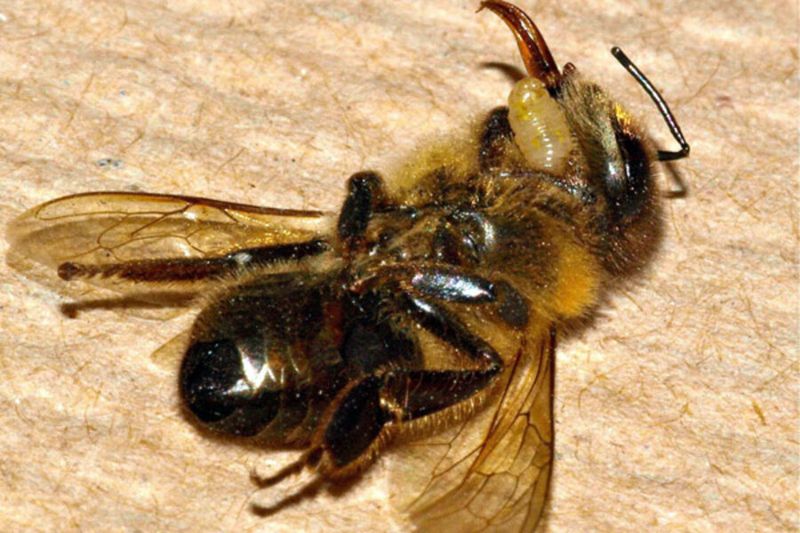
The parasitic fly Apocephalus borealis turns honeybees into erratic ‘zombies.’ The fly lays eggs in the bee, and as larvae develop, they alter the bee’s behavior.
Infected bees often abandon their hives at night, flying aimlessly until they die. This bizarre behavior is a result of the larva’s manipulation.
The phenomenon highlights the intricate and often destructive relationships between parasites and their hosts in the insect world.
Zombie Ladybugs

The parasitic wasp Dinocampus coccinellae uses ladybugs as a living shield for its larvae. The wasp lays eggs inside the ladybug, and larvae feed on their host’s resources.
Strangely, the ladybug often survives, even protecting the larva’s cocoon from predators. This manipulation is both fascinating and haunting.
The ladybug’s role as an unwitting accomplice in the wasp’s life cycle is a testament to the complex and sometimes cruel strategies found in nature.
Zombie Mice
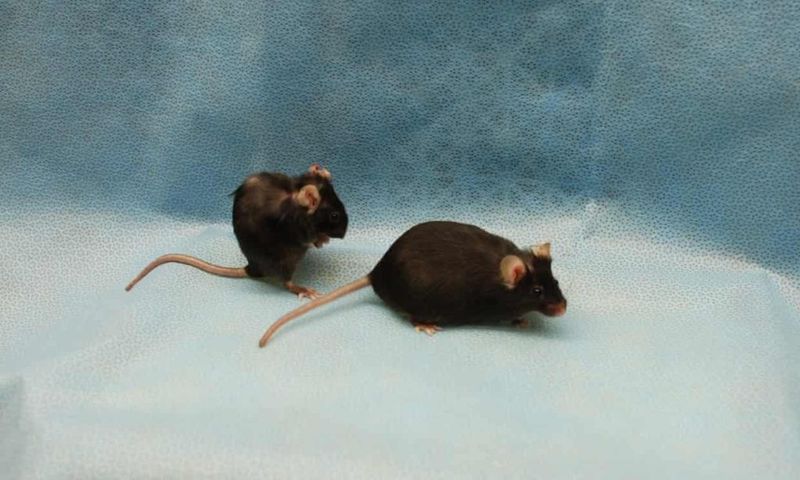
Toxoplasma gondii, a protozoan parasite, manipulates mice in a cunning way. Infected mice lose their fear of cats, making them easy prey, thus ensuring the parasite’s life cycle continues in its feline host.
This manipulation showcases the remarkable influence parasites can have on their hosts’ behavior.
The relationship between Toxoplasma and mice is a fascinating example of how subtle and powerful parasitic control can be in the animal kingdom.

